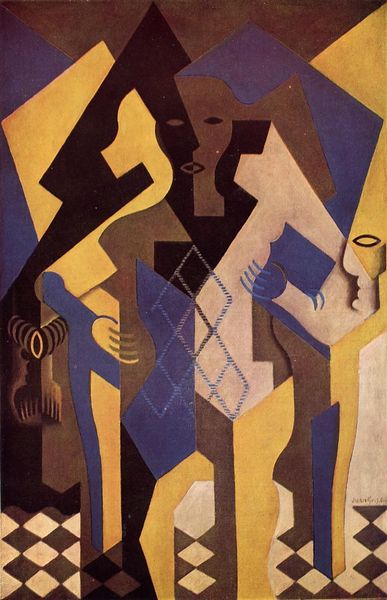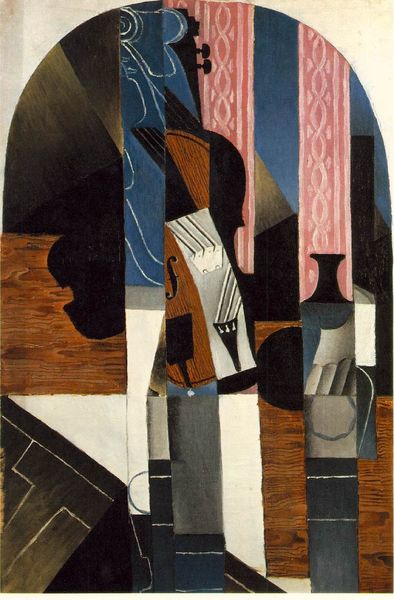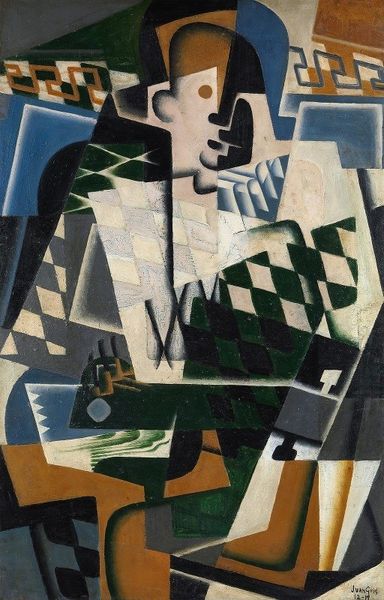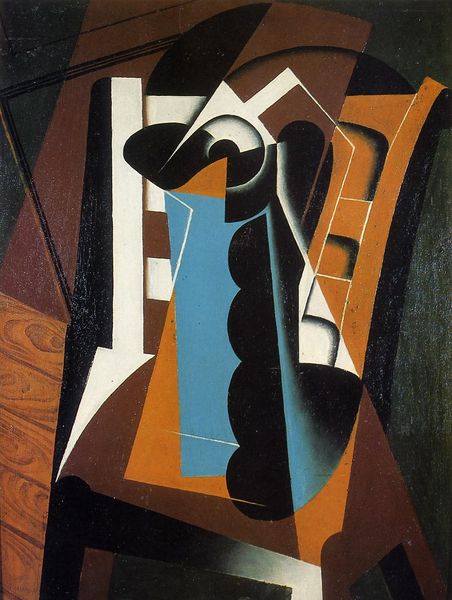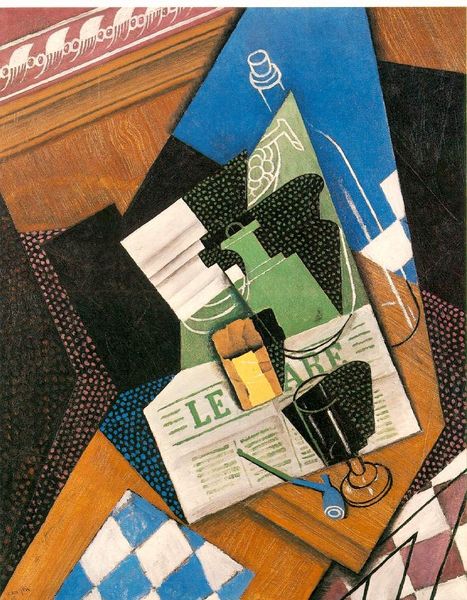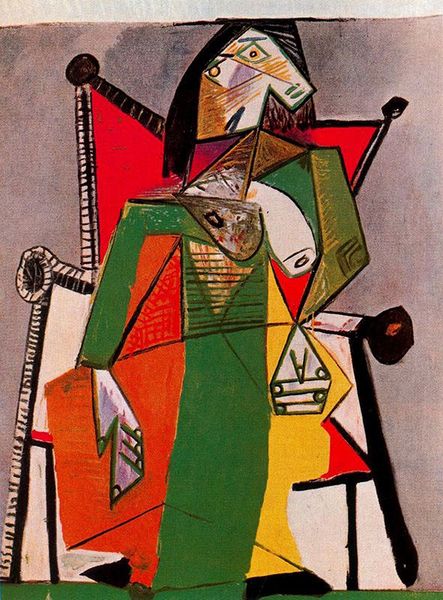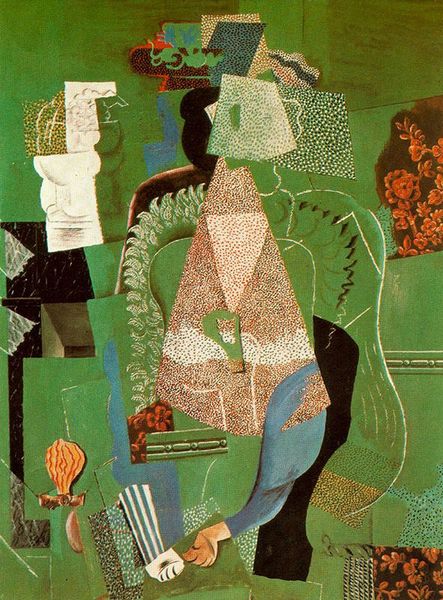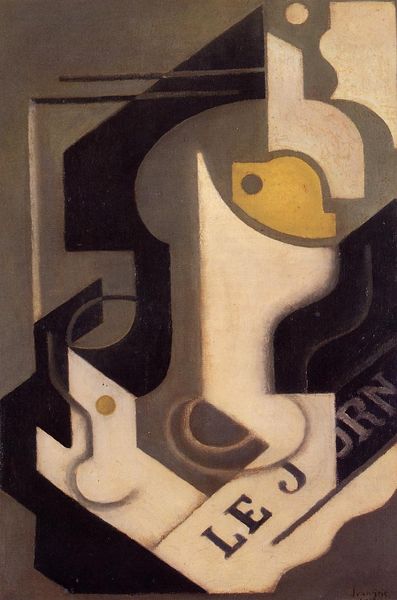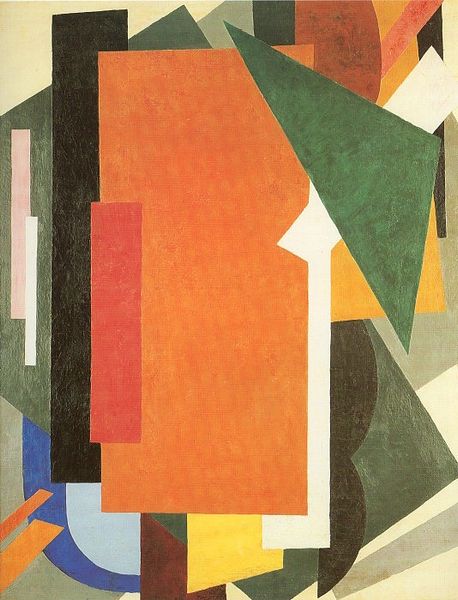
painting
#
cubism
#
painting
#
geometric
#
abstraction
#
painting art
#
modernism
Copyright: Public domain
Editor: Here we have Maria Blanchard's "Composici Cubista" from 1919, a painting that really throws you into a world of fragmented forms and unexpected color combinations. I’m struck by how she uses these geometric shapes to create a sense of depth, even though it's completely abstract. What do you see in this piece, especially in relation to the artistic and societal landscape of its time? Curator: Blanchard’s Cubism speaks volumes about the changing industrial and social fabric. Consider the materials; oil on canvas connects it to tradition, but the deconstruction of form signifies a break from that past. Blanchard, as a woman in a male-dominated art world, had to navigate complex social structures. The use of geometric forms reflects a turn to machine-made, uniform shapes in contemporary production, yet the handmade element of the painting resists complete industrialization. Do you see this tension in other elements? Editor: That’s interesting! Now that you mention it, there are these really decorative, almost ornate lines in the upper left corner that feel so out of place with the rest of the painting. Almost like a rejection of that "machine-made" aesthetic. Curator: Precisely! Think about Blanchard's position: Spanish, a woman, and working in Paris. These ornate details might be a coded reference to the cultural craftsmanship being displaced by industrialization. The very act of applying paint with her hand elevates the process of 'making' something beyond simple production, becoming an important counterpoint. How do you think this affects the artwork? Editor: That reframes the whole piece for me! It’s not just abstract shapes, but a conversation about labor, materials, and identity. Curator: Exactly. By examining her materials and understanding the socio-economic conditions of the time, we gain richer insights into the purpose of the artwork.
Comments
No comments
Be the first to comment and join the conversation on the ultimate creative platform.
